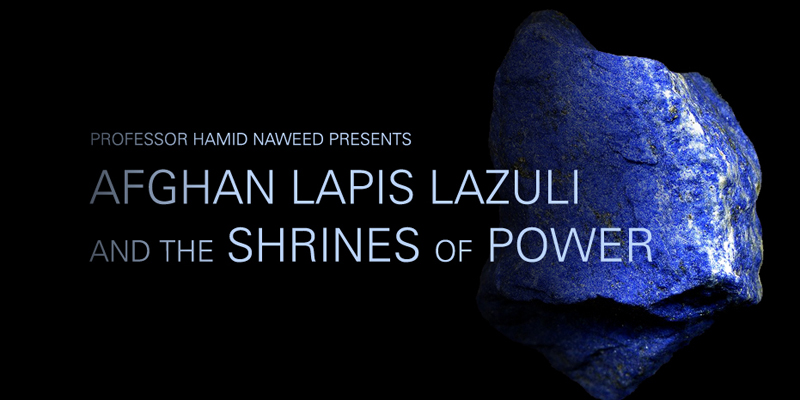Afghan Lapis Lazuli and the Shrines of Power
22 January '19 at 6:45 pm to 9:00 pm

The link between humans and lapis lazuli stretches back more than 6,500 years. In its veins and residues of mica, people could see the starry sky. It was first extracted from the mountains of Bactria in Afghanistan, and exported in antiquity to India, Sumeria, China, the Aegean and even Scandinavia. For ancient cultures, gold and lapis were considered signs of holiness. Subsequently, when the stone was grounded into powder to form ultramarine blue, the pigment became a symbol of power, royalty, purity and indeed, an obsession for artists in Europe since the Middle Ages.
Professor Hamid Naweed explores the story of the oldest commercial gemstone; its meaning for our ancestors, and how it made its way to the most prestigious buildings in the world, from mosques in Herat to the Sistine Chapel, the Blue Mosque in Mazar, the Ishtar gate, the walls of Babylon and the temple of Karnak.
Professor Naweed received his M.F.A. from the State University of New York at Buffalo. He was professor of art history, color theory, studio arts, and art appreciation at Kabul University and is now an honorary member of the High Counsel of Arts and the Center for Contemporary Art Afghanistan.
